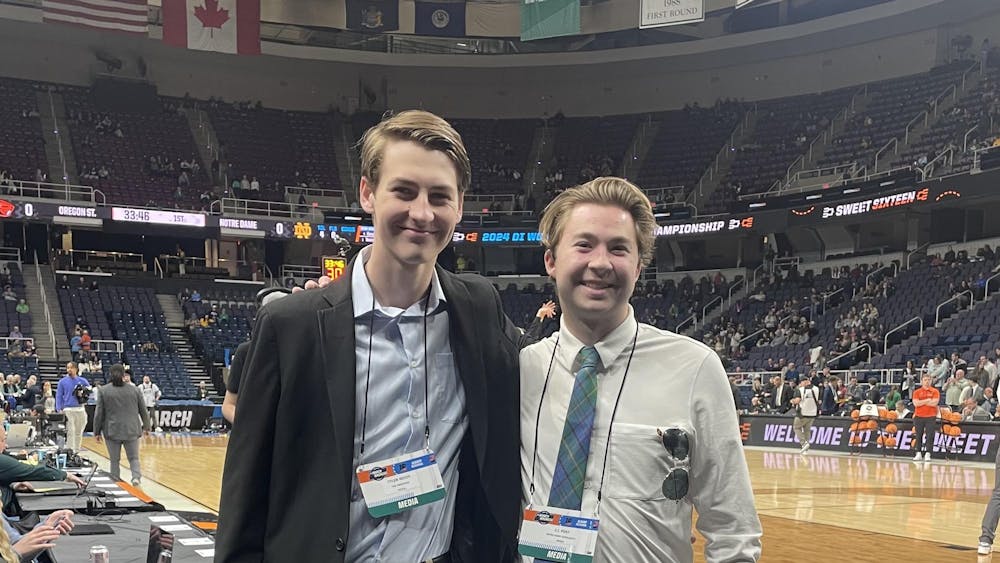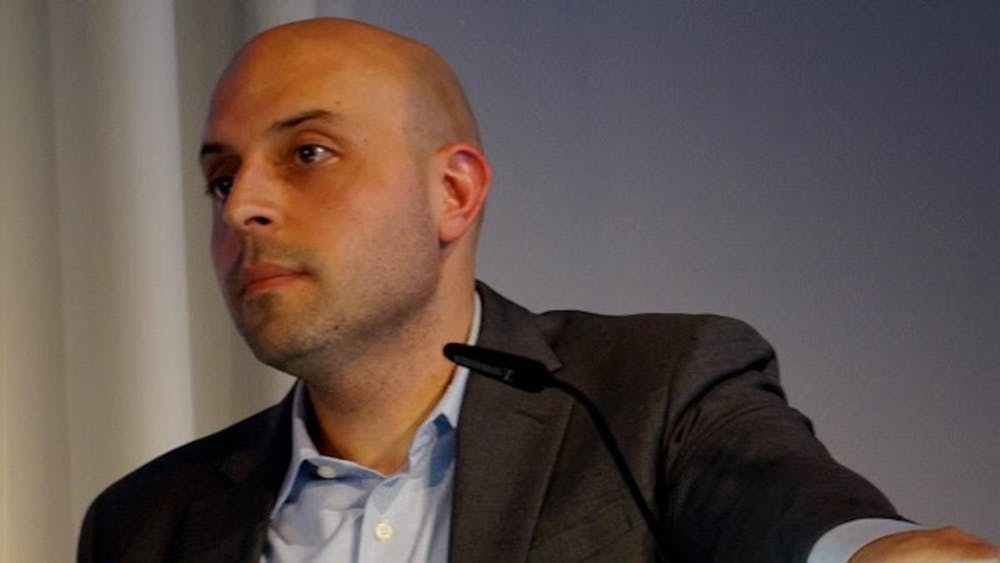This past weekend was Spring Visitation Weekend, in which over 200 high-achieving prospective students from ethnic minority backgrounds take part in an all-expenses paid visit to the Notre Dame campus. This past weekend also featured two excellent Notre Dame events that celebrate diversity, multiculturalism and the talents of the student body — Latin Expressions presented by the Latino Student Alliance (formerly known as La Alianza) and the Black Cultural Arts Council (BCAC) fashion show.
It is no coincidence that all of these events are always planned for the same weekend. The prospective students are taken to the shows en masse, gaining exposure to the minority communities at Notre Dame during their recruiting trip in hopes of making Notre Dame a more appealing college option for them.
Both Latin Expressions and the BCAC Fashion Show showcase and foster appreciation for the diversity present among the students at Notre Dame, featuring portions including dance, music, poetry, fashion and more. Most notably, the two events serve as capstones for each organization. As two of the largest events of the year for the Latino Student Alliance and the Black Cultural Arts Council, they highlight the talent and importance of their members and offer an opportunity for members to celebrate their community and show the rest of the student body and visitors how special it can be. Prospective students are introduced and welcomed into the beautiful and diverse cultural communities on campus, which is usually a very positive experience for them.
However, I fear that the structure of such minority recruitment events, specifically Spring Visitation, provide prospective students with a false image of what the Notre Dame experience is actually like for minorities. Spring Visitation students visit campus during what is arguably the biggest weekend of the year for these minority organizations. The celebration of diversity on this particular weekend is huge and atypical of most other weekends on campus. Though Notre Dame’s minority organizations and communities are wonderful and growing, they are nowhere near as larger-than-life and prominent among the rest of campus as the events of the weekend make them out to be, which is extremely unfortunate. Spring Visitation makes Notre Dame out to be a campus with a thriving minority population and with a student body that celebrates it on a regular basis, but that is, frankly, not the case.
Anyone who looks at University statistics or even just glances around campus can see that Notre Dame has a low amount of diversity — minority students account for less than 25 percent of the student body. Minority students often speak out about the tinges of racism that they have experienced on campus from other students. Social groups are often unofficially formed along racial lines, with many minority students forming their own communities apart from the “mainstream” Notre Dame culture. Culturally related events are most often attend by only the minority students themselves and their friends, while the rest of campus remains either unaware or apathetic.
It is absolutely necessary for the University administration to attempt to improve the diversity issue, and it is great to see that events such as Spring Visitation Weekend are aimed at doing just that. However, I fear that presenting a less-than-true image of the University to prospective students in order to persuade them to attend may only lead to their unhappiness later on after they commit, as they realize that the “real” Notre Dame is not the Notre Dame of Spring Visitation Weekend. Obviously, it is the job of recruiters to portray the University in a positive light. And, obviously, a school with a smaller diversity student population and poorer integration relations will not be attractive to many minority students for a number of reasons, especially when these high achieving students are considering other schools of equal or greater caliber with better diversity statistics and relations.
So what is the solution?













